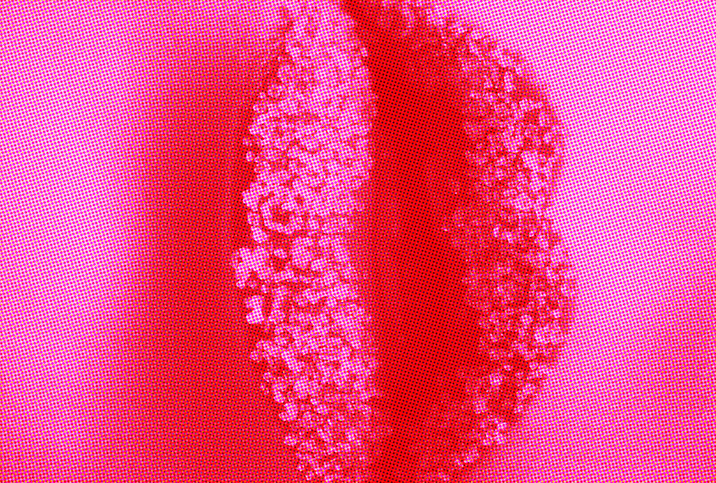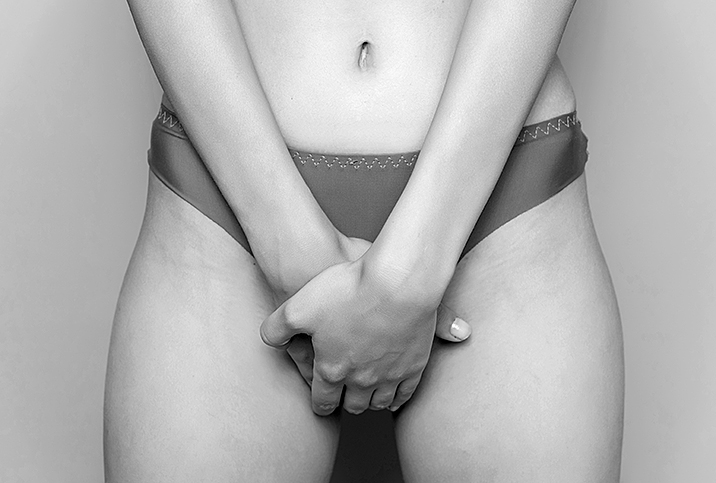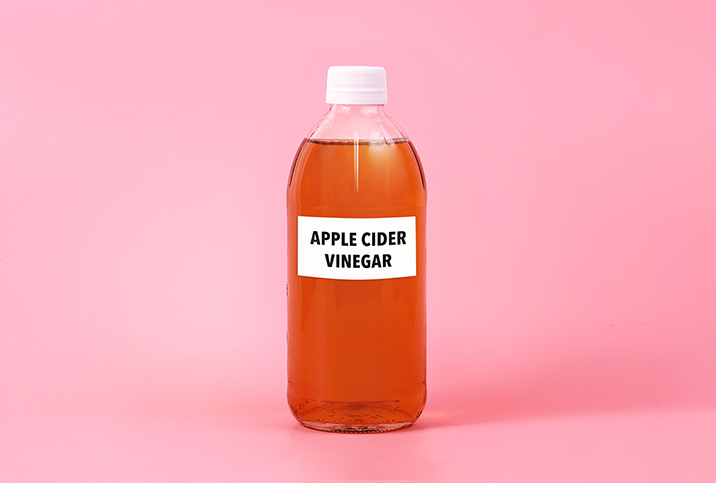What Should You Eat When You Have a Yeast Infection (and What To Avoid)?

Since-disputed research once said that microorganisms in our bodies outnumber human cells by a ratio of 10-to-1. The actual ratio is closer to 1-to-1, but even so, that's a heck of a lot of microorganisms.
One of these microorganisms has the scientific name, Candida. It's the yeast that causes candidiasis, universally known as a yeast infection.
Candida is present in the healthy bodies of both men and women. Under normal circumstances, it's balanced by other microorganisms that compete for space in a shared environment.
Does the food we eat help get rid of a yeast infection?
In the events leading to a yeast infection, Candida takes over and multiplies to an unhealthy level.
A typical event that can trigger an overgrowth of yeast could be a recent medical problem that you solved with a prescribed dose of antibiotics, which are known to decimate large populations of bacteria—both good and bad—and provide the yeast with an opportunity to thrive.
To fight back, doctors typically recommend an antifungal treatment to tamp down the colonies of Candida and create a more even playing field for a range of microorganisms to naturally repopulate the body and deal with the intruding yeast.
Dietary choices alone are not powerful enough to cure an acute yeast infection, but what we eat certainly influences the overall balance of bacteria and fungi in our body.
Research indicates that our diet plays an important role in reducing the duration and recurrence rate of yeast infections.
So don't close out this week's shopping list just yet. Let's take a look at prebiotics and probiotics.
You will have heard these terms before if you're following dietary trends, and though they sound similar, they provide very different benefits to your body.
How can prebiotics help a yeast infection?
Prebiotics are generally fiber compounds that do not get digested in the upper part of the gastrointestinal tract, but rather in the next stage in the large bowel.
They encourage the growth and activity of good bacteria by becoming a platform on which these bacteria can live.
Prebiotics are a relatively new discovery—identified in 1995 by researchers Marcel Roberfroid and Glenn Gibson—and research is still being carried out to understand their full benefit.
Although no standard has been set, a suggested daily serving of prebiotics is 4 to 8 grams, and up to 15 grams per day if you have a digestive disorder. Coordinate any daily regimen with your doctor.
Supplements are commercially available, but a more natural approach is to eat foods high in prebiotics.
The foods containing the highest amount of prebiotics include:
- Chicory
- Jerusalem artichoke
- Dandelion greens
- Garlic
- Leeks
- Onion
- Asparagus
- Wheat bran
- Bananas
How can probiotics help a yeast infection?
Probiotics are foods that contain live active microorganisms which maintain and improve the "good" bacteria in your body.
There's a tendency to think of bacteria as being bad, but your body requires some bacteria—"some" is probably not the best term, since scientists estimate there are trillions of bacteria cells in everyone.
These bacteria carry out useful functions such as killing disease-causing cells, helping digest the food you eat and producing vitamins.
As well as helping ward off infections like candidiasis, probiotics are claimed to be responsible for better digestion, improving your immune system, keeping your skin healthier and assisting in the process of losing weight.
Again, probiotic supplements are available but are not likely regulated or approved by governing bodies such as the Food and Drug Administration (FDA).
A more natural pathway to probiotics is to add fermented foods and dairy products to your diet.
For example, lactic acid bacteria (LABs) can be found in dairy products such as yogurt, kefir and buttermilk, and also in soy products like tempeh, miso and soy sauce.
Fermented foods are also a good source for LABs: pickled vegetables, kimchi, pau cai, kombucha and sauerkraut.
Just look for the phrase "contains live active cultures" on the product label, and make sure the product is not pasteurized because that process kills a lot of helpful bacteria.
While it is recognized that prebiotics and probiotics can be beneficial for some digestive issues, there is little documented research available to show a direct effect on yeast infections.
However, studies continue to find new evidence, and we will be deep-diving into this subject in the future.
What foods can cause a yeast infection?
At the top of the list of foods that cause yeast infections is sugar. Yeast loves sugar because it's an acid.
Although you probably don't want to hear this, but if you want to reduce your chances of having a yeast infection, you may want to avoid the following foods. They include:
- Chocolate
- Candy
- Fruit juices
- Soda
- Grapes
- Cherries
- Ice cream
Next up is alcohol. Since alcohol ingredients—grapes, beets, molasses, potatoes—are high in yeast content, so are all kinds of alcohol, from wine to beer to whiskey.
When you drink alcohol, yeast is absorbed into the bloodstream, which can cause or aggravate a yeast infection.
Bread is also on the list to avoid, especially since yeast is one of the main ingredients. Other processed bread products, such as white bagels and tortillas, should also be limited.
And just in case you thought you were getting off easy, you should also limit your intake of milk and dairy products, processed foods, dried fruits, all vinegar except apple cider vinegar, processed and smoked meats, and nuts and seeds—especially cashews, peanuts, pecans, pistachios and walnuts.
The bottom line
If you suffer from chronic yeast infections, visit your doctor. Sometimes, yeast infections can mimic other health conditions. Speak to your doctor for ways to avoid another infection and how you can better help your body stay healthy.

















